Date: 8 June 2017
Time: 14.00 - 17.00
Place: Axelborgsalen
Overview program followed by abstracts.
To go directly to a specific abstract please click on the title of the speech.
Keynote
14.00 - 14.40
Steve Holroyd, Research Manager, Fonterra
Presentations
14.40 - 15.00
Harald Martens, Professor and Research Leader, Department of Engineering Cybernetics, Norwegian University of Science and Technology and Idletechs AS, Norway
15.00 - 15.20
Fredrik Innings, Professor, Technology Platform Manager, Tetra Pak Processing Systems/ Food Engineering, Lund University, Sweden
15.50 - 16.10
Patrick Derkx, Senior Director, Chr. Hansen A/S, Denmark
16.10 - 16.30
Niina Valkonen, Researcher, Valio Ltd, Finland
Flash talks
16.30 - 16.40
Nina Aagaard Poulsen, Assistant Professor, Department of Food Science, Aarhus University, Foulum, Denmark
16.40 - 16.50
Kajsa Nilsson, Lund University, Lund, Sweden
16.50 - 17.00
Ida-Marie Andersson, PhD Student, Department of Food Technology, engineering and Nutrition, Lund University, Sweden
Abstracts

Measurement of milk components at different stages of the dairy value chain
Milk contains many components. Combined, these afford milk a healthy, nutritious profile that is key to its value as a globally recognized food. Foremost to all dairy processors is how to ensure that this goodness is maintained throughout the value chain. The effective use of analytical science as part of a recognized quality system contributes markedly. Techniques for measurement of fat, protein, lactose, minerals and micronutrients have been developed over many years, using a variety of analytical technologies. The status of these and future developments is reviewed in this presentation.The measurement of raw milk as part of the milk collection process is well established in most countries. Traditional wet chemistry quality tests have increasingly given way to rapid methods for assessing composition and microbiological quality. These are typically applied, to samples gathered at collection, in large automated central milk testing laboratories. Increasingly, technology that allows rapid accurate testing of milk in developing countries, where the collection hierarchy is less centralized, is being brought to market. The ability to test for milk composition at levels of detail beyond total fat, protein and lactose has also benefited from significant developments in recent years and is clearly an area of great future value.Milk arrives at a processing facility and is typically split into component streams and then recombined into a range of products. Rapid in-line measurement is central to the ability to perform this efficiently in large automated dairy plants. Products are measured both during and after production. Depending on the nature of the product, effective sampling and accurate measurement can be challenging. Analysis then provides results that underpin the quality specifications of each product batch. Adherence to international standards in the application of testing is also a crucial factor that ensures the maintenance of quality across the dairy value chain.
Steve Holroyd, Research Manager, Fonterra
PhD in Chemistry, Auckland University. Previous experience includes postdoc studies at Cambridge University, work as analytical spectroscopist in the oil industry. Has been working for Fonterra Research Centre since 1998, and his main area of research is the development and use of infrared spectroscopy for the rapid quantitative and qualitative analysis of milk and milk products.

Application of big data to achieve effective and robust productions processes
Chemometrics, Dynametrics and Big Data Cybernetics. We live at the beginning of a disruptive data explosion. Combine Internet of Things with small hyperspectral cameras and other low-cost, high-speed, multichannel instruments, and we make chaos unless we learn to handle all these data.We must develop a non-reductionist science and technology culture that combines prior theoretical expectation and practical experience with the unexpected surprises hidden in all these measurements. To put it a bit bluntly:We need to use a lot more mathematical modelling, otherwise we cannot summarize, combine and utilize the rapid increase in scientific insight, and describe the dynamics of reality. But we must avoid falling into the mental trap of “Macho mathematics” – focusing on stale proofs and needless exactness, limiting ourselves to oversimplified causality and fearing to be proven wrong. We need a lot more statistical design and statistical validity assessments to ensure informative measurements and reliable conclusions. But given the widespread math and statistics fear in society, we must avoid falling for the academic temptation of “Gucci statistics” – sprinkling in meaningless p-values just to look good. We must try to understand our statistics and focus on the useful signal instead of the useless noise. We need a lot more machine learning to extract all the useful information from our instruments, even the unexpected. But “Blind machine learning” can be dangerous, if it leaves us alienated and irresponsible. The local user of a trained neural net classifier does not need to know its details, as long as someone knows – but where is that person today?How can the valuable information content from Quantitative Big Data, e.g. multichannel analyzers or hyperspectral video cameras, be discovered, extracted, stored, recalled, quantified and interpreted? A new method for On-The-Fly processing of “ever-lasting” high-dimensional data streams, e.g. from modern bio-production, will be demonstrated.
Harald Martens, Professor and Research Leader, Department of Engineering Cybernetics, Norwegian University of Science and Technology and Idletechs AS, Norway
Dr.techn in Chemometrics and Multivariate Calibration from NTNU. Previous experience: positions at universities around the world. His research primarily focuses on new methods to convert high-dimensional measurements into understandable displays and quantitative predictions. He has written over two hundred research papers and several books on multivariate data modelling.

Fouling and cleaning in the dairy industry
Cleaning UHT dairy processing equipment can be tricky. While fouling after conventional pasteurization at lower temperatures is soft and easy to remove, fouling after UHT treatment is hard and brittle. It also adheres more firmly to heating surfaces, making it harder to remove. Consequently, a UHT line must be stopped and cleaned once a day to prevent the fouling to grow so thick that it hampers heat treatment. By optimizing the cleaning in place, it is possible to save time and increase production time, while at the same time saving water, energy and chemicals. In this presentation we will go through the present knowledge of dairy fouling and cleaning with special focus on the data from a recently finalized research project performed at Lund University, which has clarified the parameters that are most important to optimize the cleaning.
Fredrik Innings, Professor, Technology Platform Manager, Tetra Pak Processing Systems/ Food Engineering, Lund University, Sweden
PhD in Fluid Dynamics from Lund University. Previous experience includes a long career at Tetra Pak Processing Systems along with an Adjunct Professorship at Dept. of Food Technology, Lund University. His areas of expertise are process technology, fluid dynamics, homogenization, and mixing.

Extracellular Polysaccharides; from genetics to application
Cell-surface polysaccharides are produced by several bacteria, including Lactic Acid Bacteria (LAB). These polysaccharides may be covalently linked to the cell wall (peptidoglycan) – capsular polysaccharides (CPS) – or loosely attached/secreted as slime – exopolysaccharides (EPS). In the production of fermented milks and some cheese types (e.g. fresh cheese, pasta filata) polysaccharide producing LAB are of great importance, mainly because the polysaccharides contribute to the texture, mouth-feel, perception and stability of the final product and therefore provide functional alternatives to additives like pectin or starch. Despite the market potential of polysaccharide-producing LAB, the understanding of polysaccharide production and its regulation in LAB is surprisingly limited. In contrast, the genetics of EPS production are far better understood and genes involved in EPS production are typically clustered in the chromosome or plasmids of LAB.The development of novel polysaccharide-producing LAB with superior functionality is of importance for the industry and here we present classical strain improvement and high throughput screening strategies to identify and improve polysaccharide producing LAB.
Patrick Derkx, Senior Director, Chr. Hansen A/S, Denmark
Industrial PhD in Biotechnology, Uni. Cph./Danisco. Previous experience: positions as Group Manager for enzyme engineering at Genencor; Senior Scientist at Fluxome Sciences and present position as Senior Director Discovery at Chr. Hansen’s, leading a team that develops, screens and selects cultures and enzymes.

Separation of milk components prior to the butter process
Lactose free dairy products have become great success in Finland and other Nordic countries. One of these products is lactose free (LF) butter. During production of LF butter, LF butter milk is formed. This may form a problem because LF butter milk is not easy to convert to powder by drying. It can be used in the manufacturing of other LF dairy products but the timing of the formation of LF butter milk and demand of it may not always match. This causes practical problems in the manufacturing. Therefore, triple separation of the milk may be a practical solution. It has several advantages: LF butter can be produced without forming LF butter milk. Recovery of dairy protein from the cream brings savings in raw material costs. Use of lactase enzymes in the manufacturing of LF butter can be avoided. Volume of the butter milk does not change, but its composition changes significantly. Different benefits and challenges of the triple separation will be discussed.
Niina Valkonen, Researcher, Valio Ltd, Finland
M.Sc. (Tech) in Biotechnology and Food Technology from Aalto University.
Previous experience: Researcher at St1 Biofuels and Team Lead at Sinebrychoff. Areas of expertise: separation and production technologies, process development, better utilization of raw materials and side streams, and effect of processing on the product properties.

Milk quality from cows managed at extended lactation
Extended lactation achieved by delayed insemination resulting in longer calving intervals can be a beneficial strategy for high-yielding dairy cows due to reduced feed use per kg milk produced and reduced risk periods around calving. However, there are still concerns whether extended lactation for more than the traditional 12 months impairs milk quality. Previous studies indicate a possible decline in the epithelial integrity when lactation is prolonged and a salty taste in milk has been reported.The aim of the present study was to ascertain effects on milk quality from cows managed for extended lactation.The experimental set-up covered milk from two different experiments. In experiment 1, milk was obtained at 3 occasions from 47 Holstein-Friesian cows managed for 18-month carving interval. For experiment 2, milk from 28 cross-bred cows managed for 16 or 18 months calving interval was compared. This design ensured that the effects of both gestation and days in milking could be explored. The result from experiment 1 showed that lactation period was the main factor affecting milk composition, and fat, protein and casein content increased with lactation stage. This was reflected in significant improvements in the rennet coagulation properties and curd yields. Milk indicators for udder integrity remained unchanged through the lactation period. Milk from late lactation did not score higher in negative sensory attributes than milk from normal lactating cows. Additionally, the data from experiment 2 designed to evaluate in more detail the protein composition of the milk over the lactation periods indicated lactational changes in both individual milk proteins, as well as in some of their post-translational modifications. Our results indicate that the quality of milk from healthy, high-yielding cows in extended lactation should not be a concern for cheese processing.
Nina Aagaard Poulsen, Assistant Professor, Department of Food Science, Aarhus University, Foulum, Denmark
PhD in Biological Sciences, Aarhus Uni., where she is currently employed at Dept. of Food Science as Assistant Professor. Main research field: the interplay between management and breeding of cows, the composition of milk and its subsequent technological characteristics.

Genomic selection against non-coagulating milk in Swedish Red Cows
Previous studies of milk coagulation from individual Swedish Red (SR) cows have shown a high frequency of non-coagulating (NC) milk (18%), and genetic studies have proposed chromosome 6 to be related to the coagulation properties. Genetic analyses also indicated that bovine autosome 18 could be related to the occurrence of NC milk. Further studies to deepen the knowledge of NC milk is now made by comparing milk composition and functional properties in a larger sample of SR cows and these data will be used for genetic parameters as well. Coagulation properties of the recently collected individual milk samples were determined using rennet-induced coagulation measurements with two types of rheometer systems. Milk that had not coagulated within 40 minutes after rennet addition was considered to be NC.The results indicate that 21% of the milk samples could be categorized as NC, confirming the previously estimated frequency in the new sample of cows. Different chemical components in the milk were also analyzed to determine the cause of NC milk, which in the future could be used together with the genetic data in breeding to remove this undesirable trait of the milk. This would lead to a better cheese yield at dairies and better use of the raw material, thus improving the overall efficiency of milk.
Kajsa Nilsson, Lund University, Lund, Sweden
MScEng in Biotechnology, Lund Uni., where she is currently employed as PhD student. Field of expertise is milk genomics, looking at genetic markers for milk quality and functionality, and improving milk functionality through improved breeding programs.

Impact of protein/lactose ratio on the dissolution rate of spray-dried powders
Rehydration and powder functionality are important quality parameters in industrial applications, either as ingredients added in dairy applications or used in dry blend products as infant formulas or performance products. Thus, improving powder functionality, particularly the rehydration characteristics, is becoming critically important. Rehydration is essential as most powders must be completely dispersed and dissolved to fully present their functional properties.This study investigates how the dissolution rate of spray-dried powders on a microscopic level is related to the formulation and properties of the components in the formulation. Milk serum protein concentrate and lactose in varying ratios were used. To study the dissolution rate of the spray-dried powders, a newly developed flow cell-based method with a controlled liquid flow was used. The dissolution of the powders was recorded and the obtained data was analyzed by image analysis. The results indicate that the powder dissolution on a microscopic level is a function of the protein. By characterizing the properties and the dissolution behavior of dairy powders, the production of powders with improved rehydration properties and functionality that are easily dissolved may be possible. This could improve the production efficiency of powders and increase the overall quality of dairy powders.
Ida-Marie Andersson, PhD Student, Department of Food Technology, engineering and Nutrition, Lund University, Sweden
MScEng in Biotechnology from Lund Uni., where she is currently employed as PhD student. Her PhD project form the scientific basis for optimization and innovation of new whey products that could improve the powder rehydration properties and functionality.
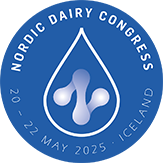














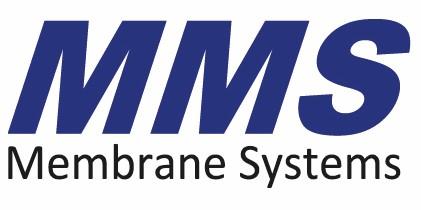












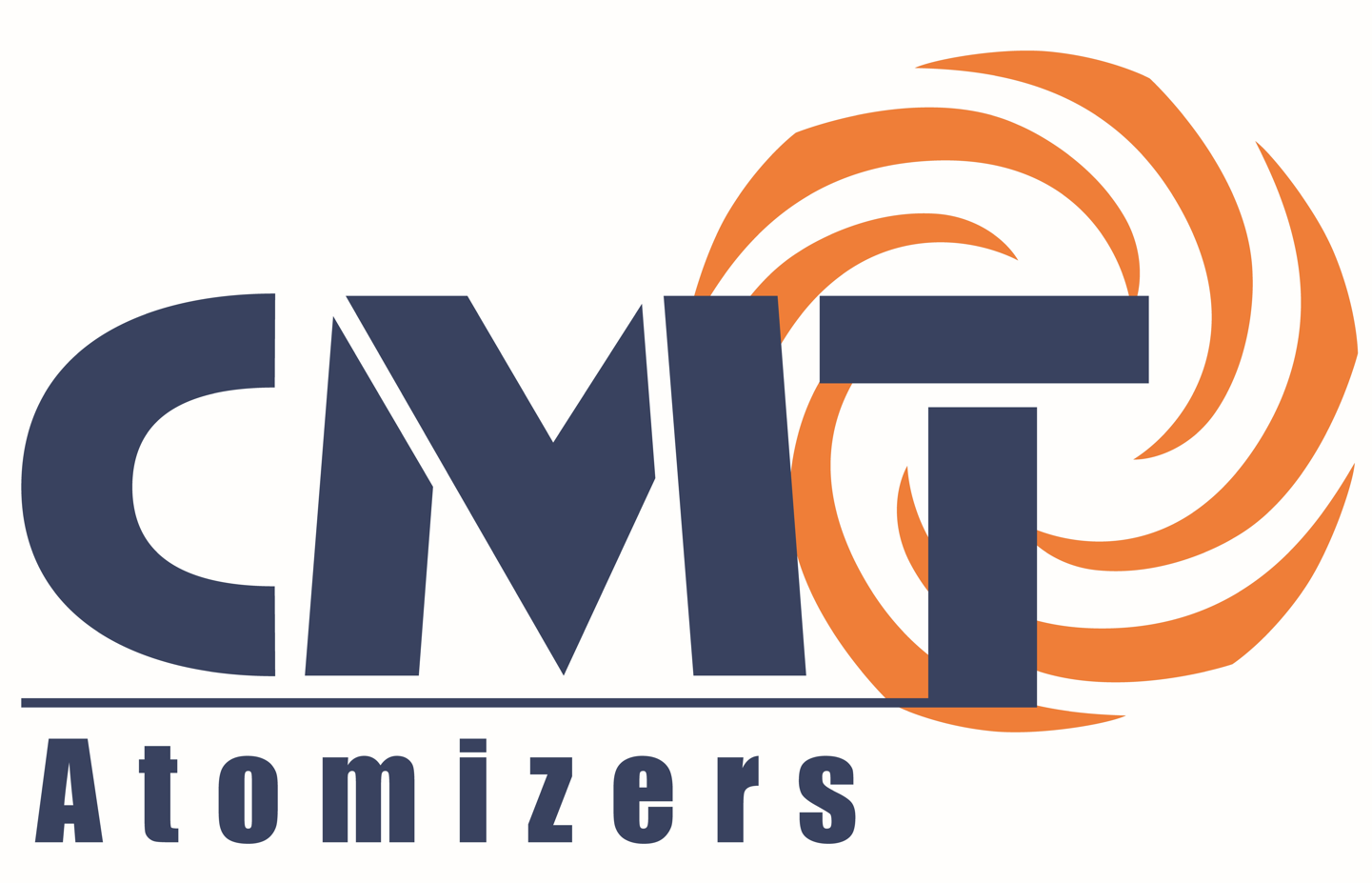
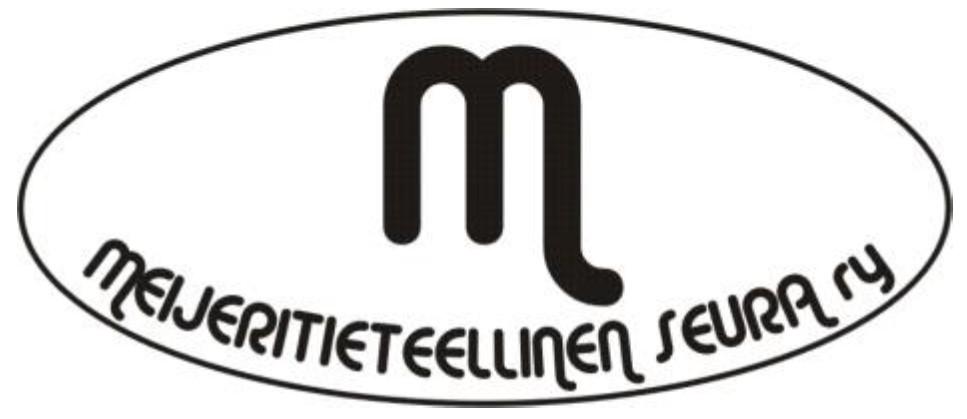
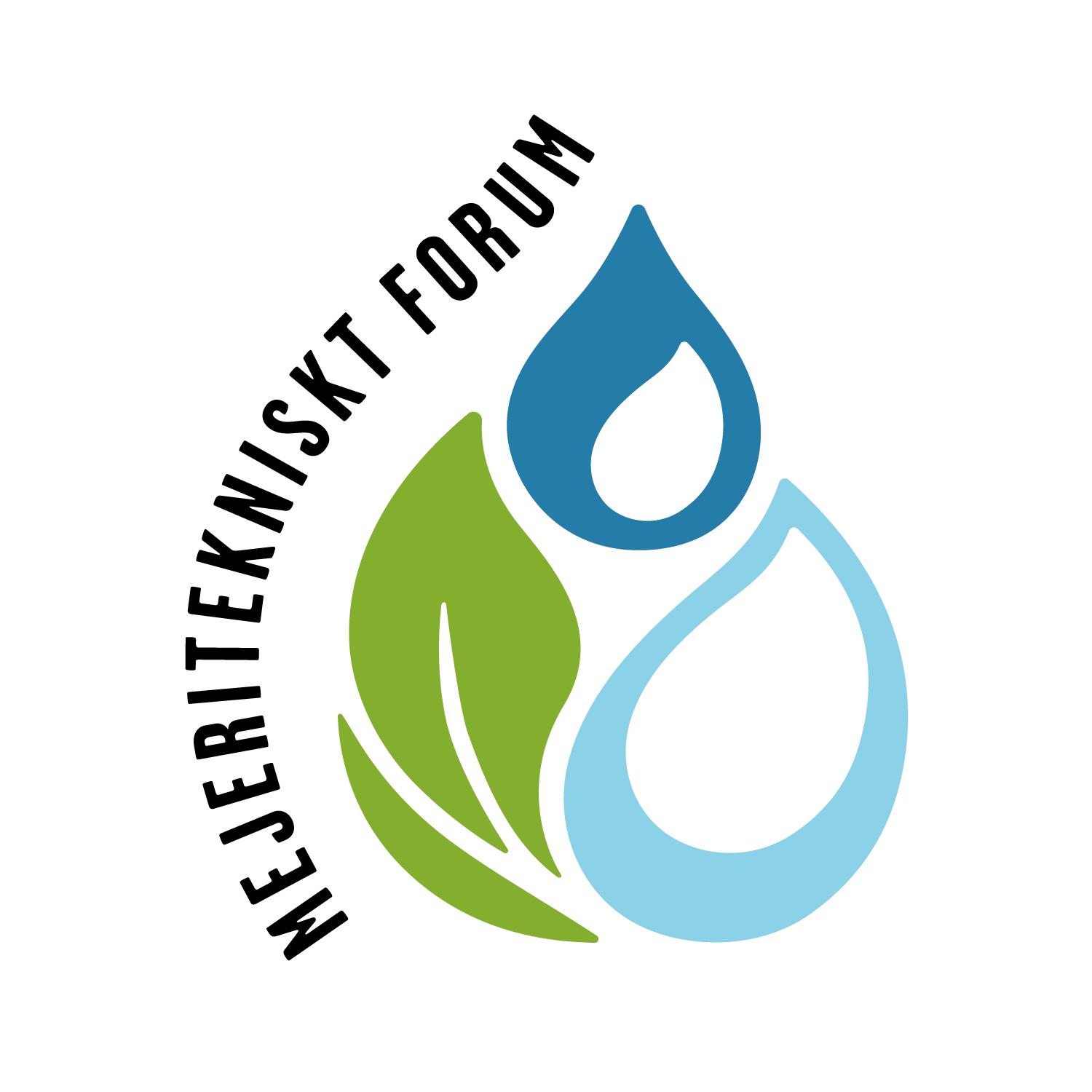





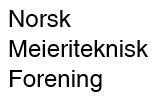
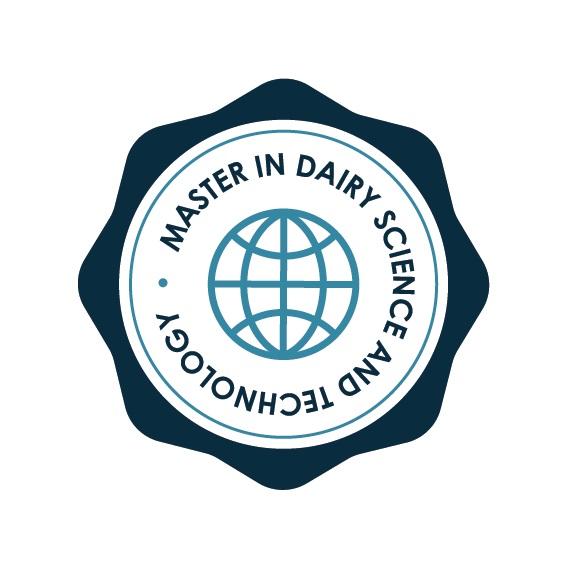




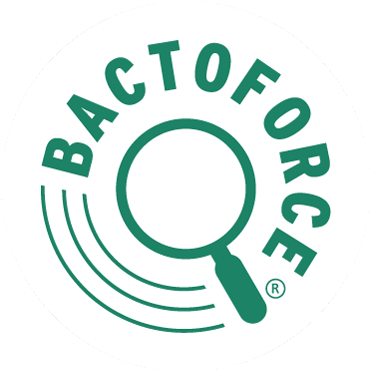

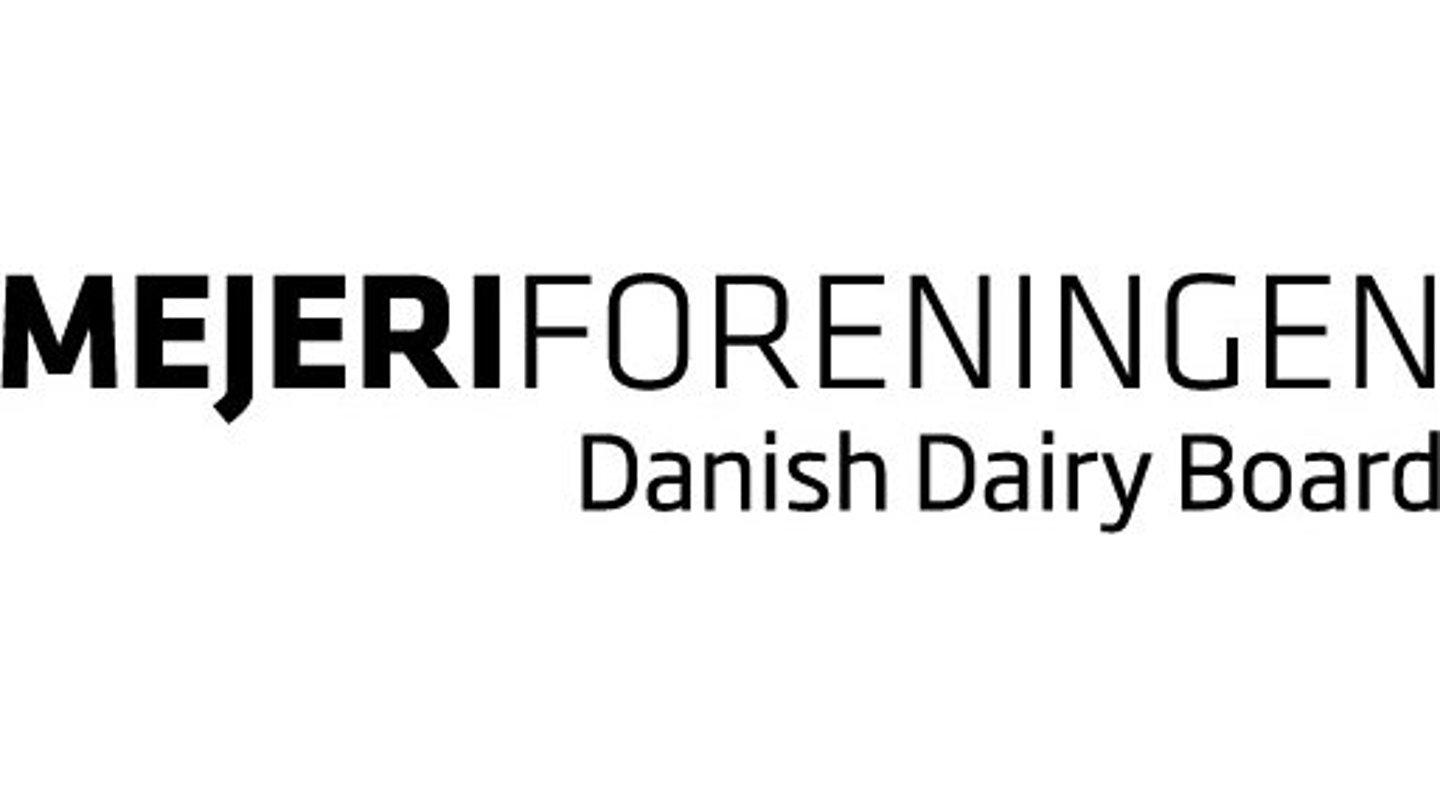
 Munkehatten 28
Munkehatten 28